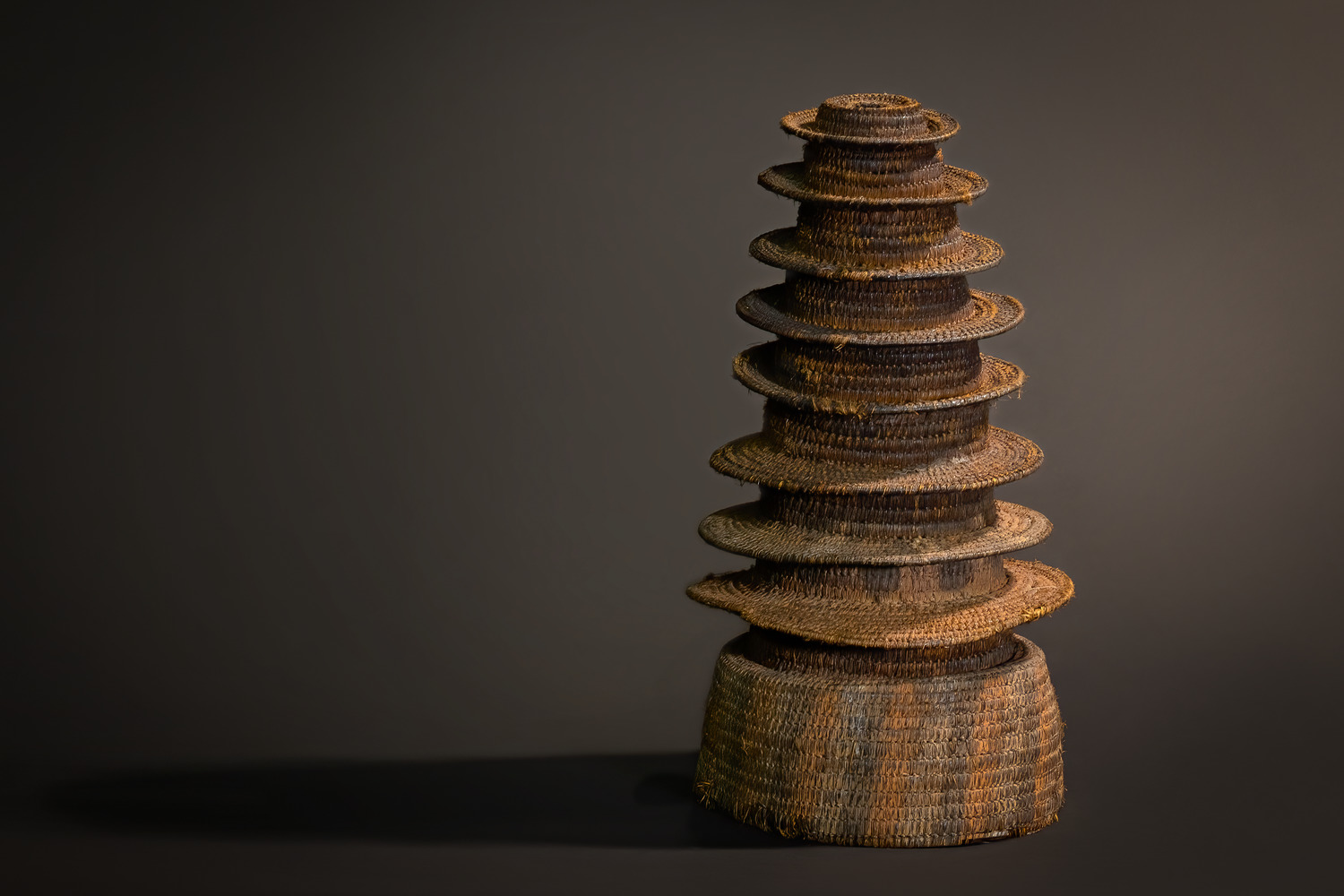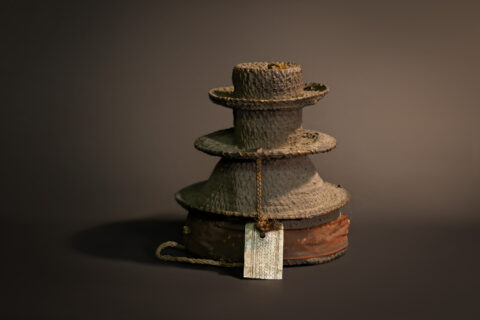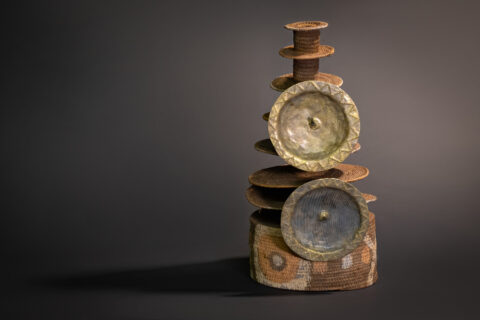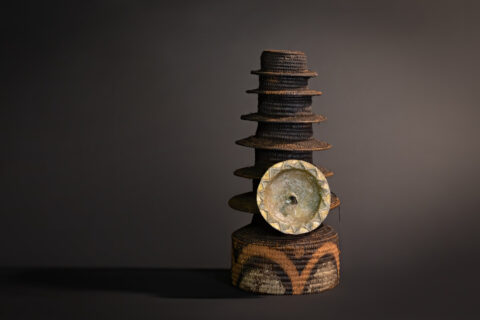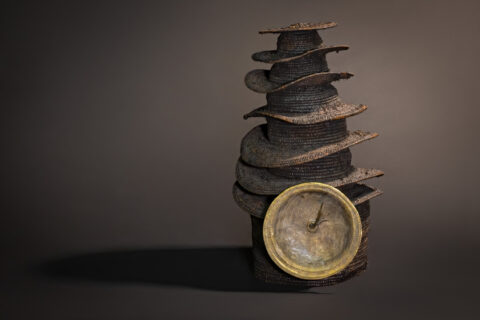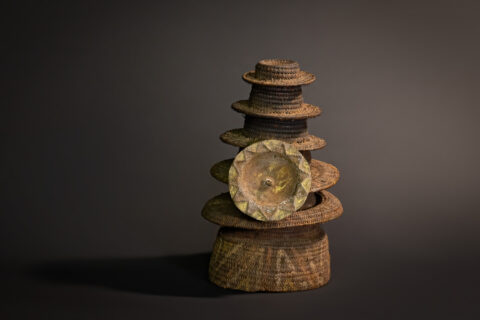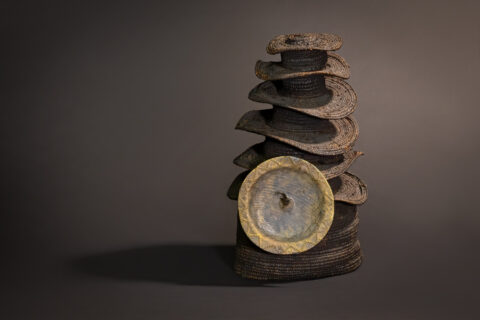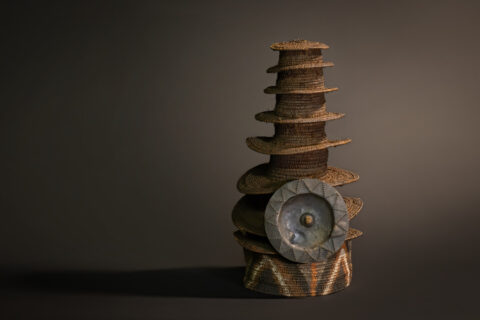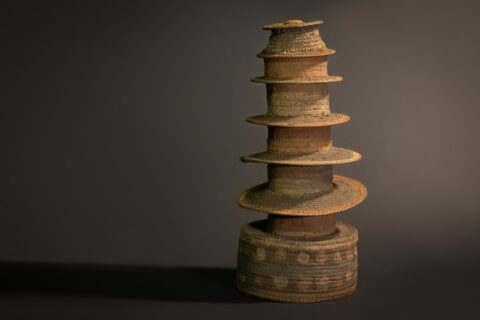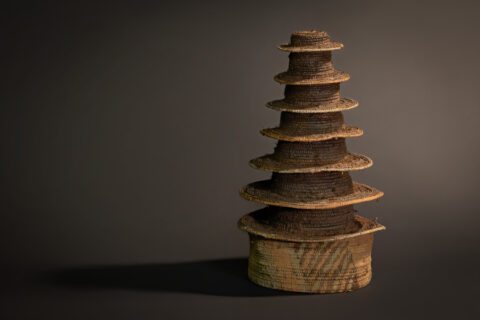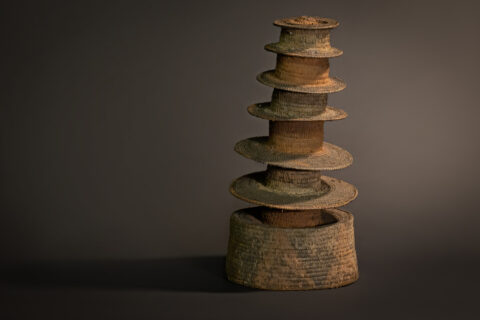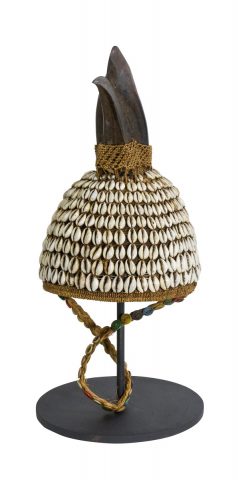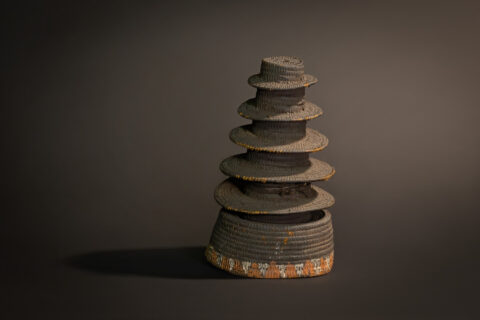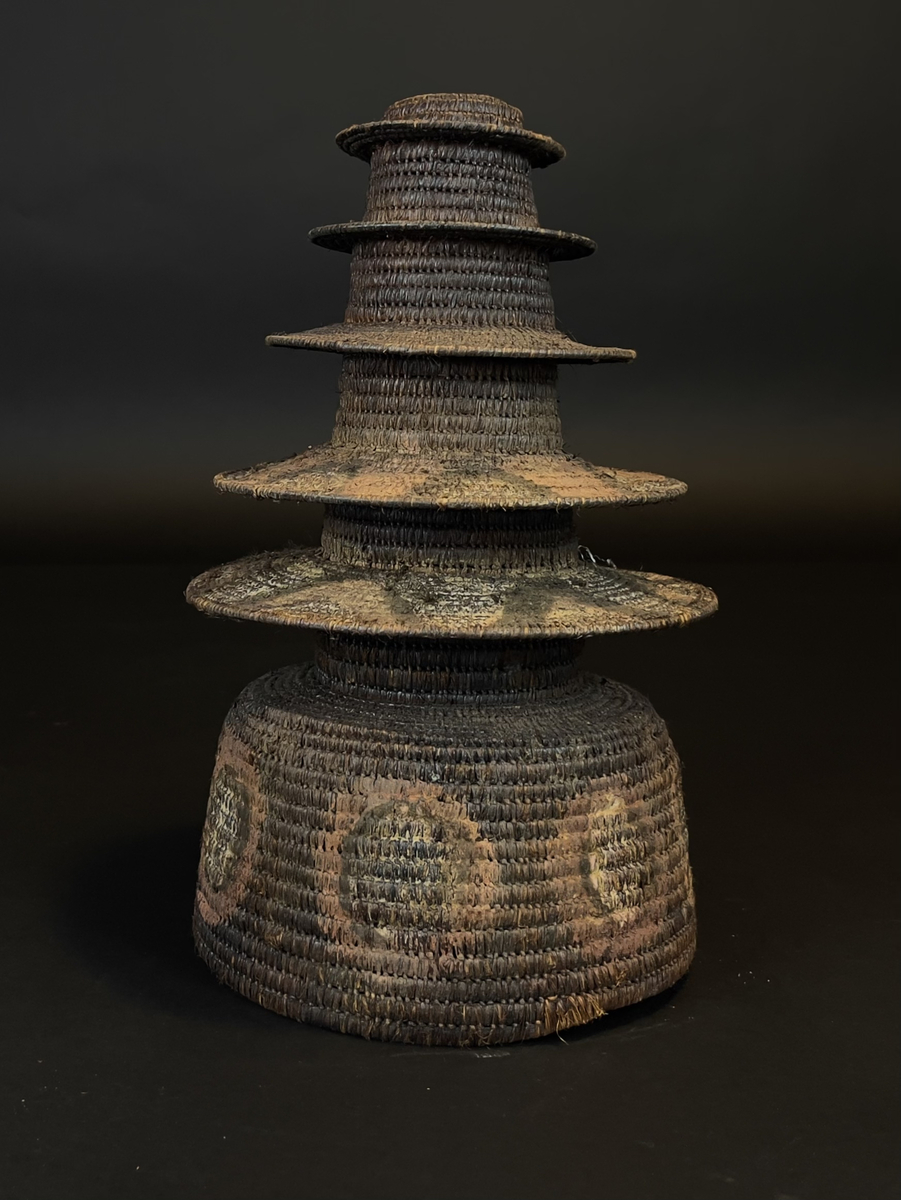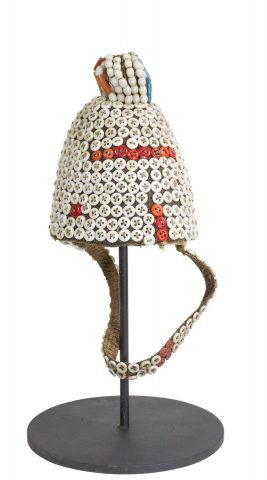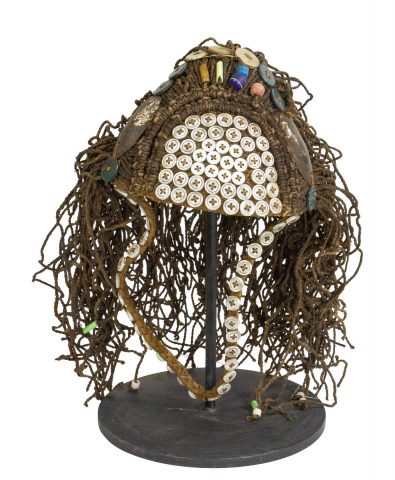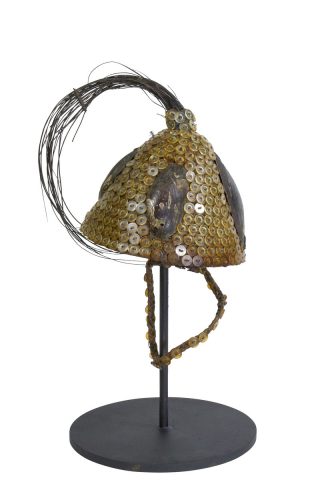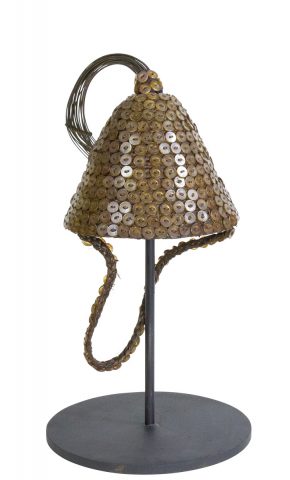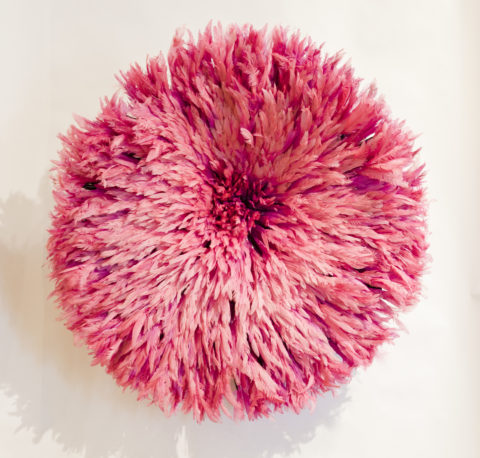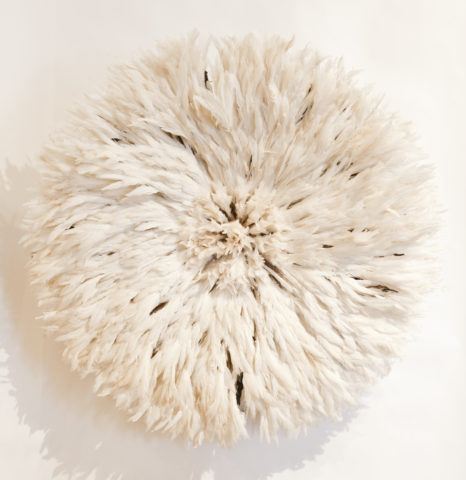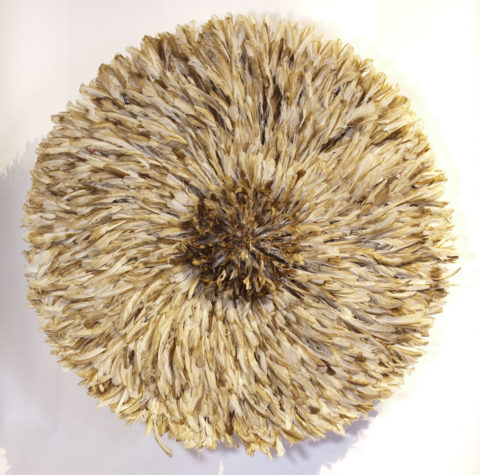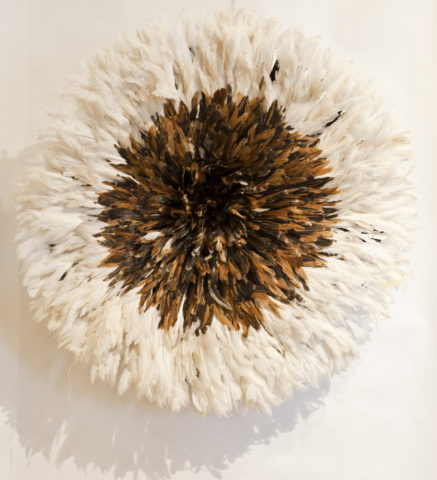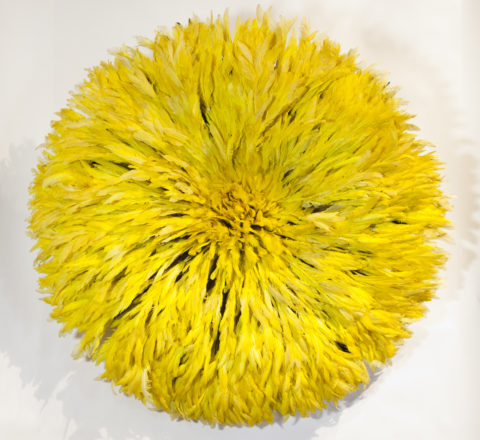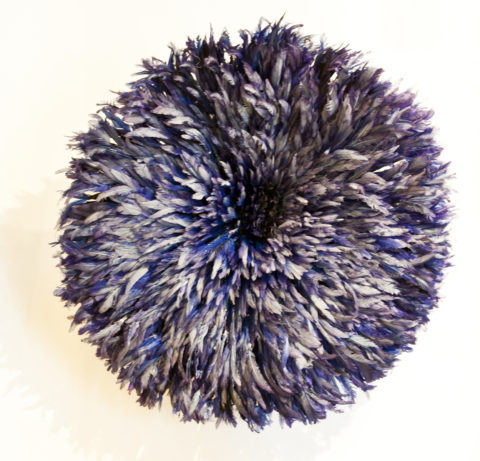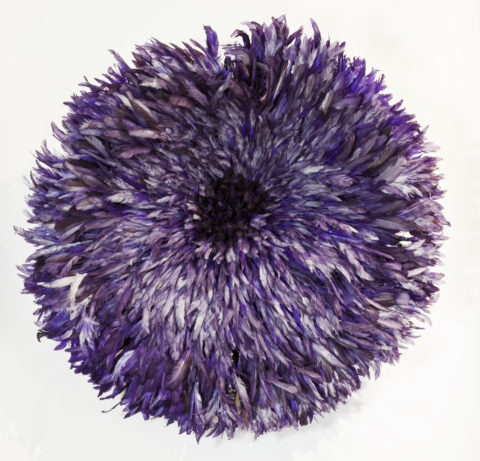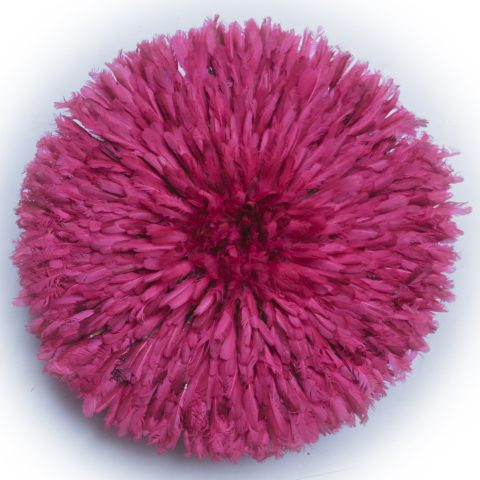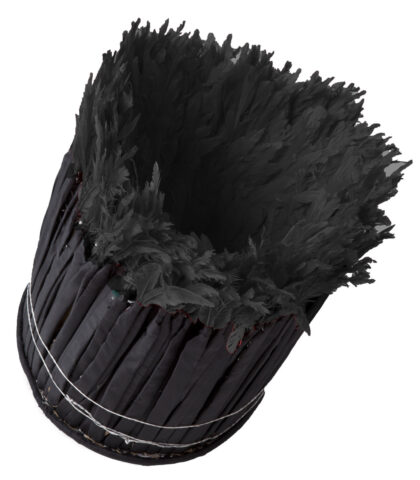Description
Towering with quiet authority, this elegant Botolo hat is distinguished by its eleven precisely stacked tiers—an architectural embodiment of cyclical life, generational passage, and cosmic rhythm. Collected in Kinshasa in the early 1970s from a young Ekonda noble, the piece’s sculptural form and natural coloration speak to the Ekonda worldview in which hierarchy, ritual, and ancestry spiral together into an unbroken continuum.
Each tier, handwoven from indigenous forest fibers, mirrors the growth rings of a tree or the concentric ripples of water—both metaphors for life unfolding from a central source. The number of tiers was never arbitrary; in many central African cosmologies, such layered construction reflected status, age, and spiritual proximity to the ancestral plane. Eleven, here, suggests a heightened connection to both lineage and celestial cycles, a number steeped in transition and leadership.
Unadorned by metal disks, this example emphasizes the sanctity of form over material display. The undulating silhouette, slightly off-center, recalls termite mounds, tree spirals, and the stacking of ritual vessels—symbols of the living forest and the spirits believed to reside within it. Its warm brown palette, darkened by camwood and ceremonial oil, carries a soft sheen of ritual use and a surface memory of smoke-filled enclosures.
Referenced in The Power of Headdresses (Biebuyck & Van den Abbeele, 1984), such forms are vital elements in public performance, inheritance rites, and declarations of social standing. Here, the lack of embellishment does not diminish its impact; rather, it enhances the philosophical purity of the hat’s message: life, like the tiers, is a cycle of continuity, resilience, and return.


